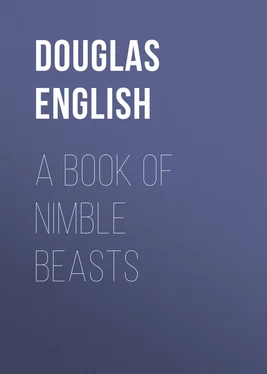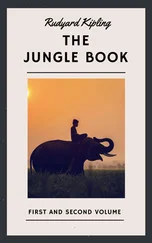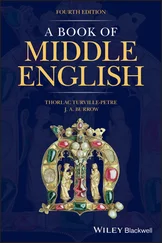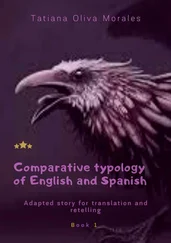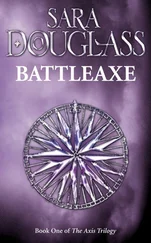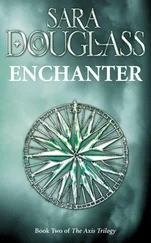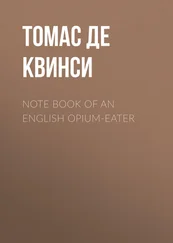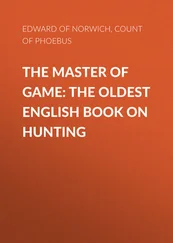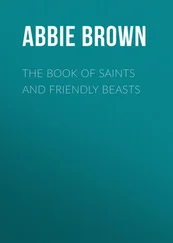Douglas English - A Book of Nimble Beasts
Здесь есть возможность читать онлайн «Douglas English - A Book of Nimble Beasts» — ознакомительный отрывок электронной книги совершенно бесплатно, а после прочтения отрывка купить полную версию. В некоторых случаях можно слушать аудио, скачать через торрент в формате fb2 и присутствует краткое содержание. Жанр: foreign_prose, Биология, Биология, foreign_antique, на английском языке. Описание произведения, (предисловие) а так же отзывы посетителей доступны на портале библиотеки ЛибКат.
- Название:A Book of Nimble Beasts
- Автор:
- Жанр:
- Год:неизвестен
- ISBN:нет данных
- Рейтинг книги:4 / 5. Голосов: 1
-
Избранное:Добавить в избранное
- Отзывы:
-
Ваша оценка:
- 80
- 1
- 2
- 3
- 4
- 5
A Book of Nimble Beasts: краткое содержание, описание и аннотация
Предлагаем к чтению аннотацию, описание, краткое содержание или предисловие (зависит от того, что написал сам автор книги «A Book of Nimble Beasts»). Если вы не нашли необходимую информацию о книге — напишите в комментариях, мы постараемся отыскать её.
A Book of Nimble Beasts — читать онлайн ознакомительный отрывок
Ниже представлен текст книги, разбитый по страницам. Система сохранения места последней прочитанной страницы, позволяет с удобством читать онлайн бесплатно книгу «A Book of Nimble Beasts», без необходимости каждый раз заново искать на чём Вы остановились. Поставьте закладку, и сможете в любой момент перейти на страницу, на которой закончили чтение.
Интервал:
Закладка:
Douglas English
A Book of Nimble Beasts / Bunny Rabbit, Squirrel, Toad, and «Those Sort of People»
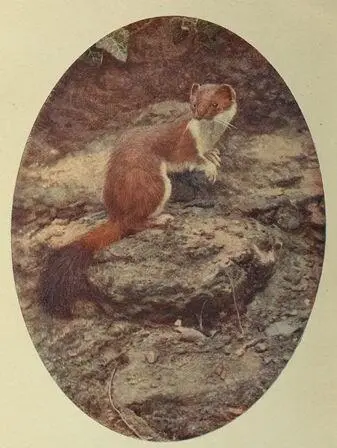
He held himself with an air, his body arched, one broad white pad uplifted, his tail curved decorously.—In Weasel Wood.
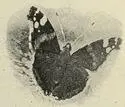
PUBLISHER'S NOTE
THE publisher may, perhaps, be allowed to call the reader's attention to the illustrations—particularly to the two of the Sand-Wasps, reproduced in colour. The difficulties of photographing from wild life active creatures of such small dimensions as hymenopterous insects are very great from an optical standpoint. The picture of Spinipes bringing the beetle grub to her tube took several years to accomplish successfully, and the strain involved by the conditions, a blazing June sun on the operator's back, an uncertain foothold, and the necessity of keeping the attention riveted for hours on one particular patch of sunlit sand, was exceptional. It is of course possible, probable even, that with the introduction of an improved lens system, which will enable fast exposures to be made at very short range on minute moving objects, this particular picture may be repeated and improved upon. But the odds against the second picture on the same page, that of Spinipes stinging the jewel-fly, ever being repeated, are enormous. It will be necessary in order to secure the repetition of such a picture, first, that the camera shall be focussed on one out of a score of tubes; second, that the parasitic jewel-fly shall enter that particular tube; third, that the Owner Wasp shall return while the jewel-fly is below; fourth, that the Owner Wasp shall pull the jewel-fly to the surface; fifth, that the jewel-fly shall cling to the rim of the tube; sixth, that the Wasp shall sting it in this position—it will be noticed that the sting is directed at the junction of the thorax and abdomen; seventh, that the observer shall be ready to expose his plate at the exact psychological moment; and eighth, that he shall succeed in doing so. The first six conditions were, in Mr. English's case, fulfilled by chance. As regards the seventh he was unready. He was, in fact, some feet below his camera. But chance befriended him still further.
He caught the jewel-fly's glint, and caught the shadow of the returning Wasp. He flung his arm up, grabbed the dangling bulb, and pressed at random. This action dragged the camera from its moorings—to fix a camera on a Sand Cliff's side is no slight task—and it fell twelve feet down. Yet it had done its work and made the picture.
There are a score of pictures in this book, which are believed to be unique, not only by reason of the rarity of their subjects, but also by reason of the fact that they are the only pictures of such subjects, good or bad, in existence. The most remarkable among them is the picture of Spinipes stinging the jewel-fly.
INTRODUCTION
I KNOW a Boy Scout who has never seen a weasel. Many weasels, I fancy, must have seen that Boy Scout.
And I know a Girl who has never seen a Harvest Mouse, but who might have, often.
There may be other boys and girls like these. There may be grown-ups also.
It is for them that I have written this book. It is to them that I offer its pictures.
I would lead them (with hushed voices and quiet feet) into God's Under-World; a World of queer small happenings; of sparkling eyes and vanishing tails; a whispering, rustling World.
I would have them, whatever their age be, approach this World as children. For children's eyes are closest to the ground.
Douglas EnglishHawley, Dartford, 1910
SOMETHING ABOUT BATS
(JANUARY)
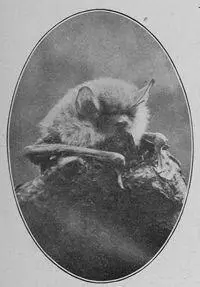
Natterer's Bat
The best-looking Bat in Britain
YOU must all, I think, have seen Bats flying, or, at any rate, pictures of Bats flying, and you must all know that they are night, or twilight, beasties, though some of our English kinds fly about in broad daylight more often than most people think. But do you all know that they are the only four-footed creatures that really fly—for they are four-footed though they don't look it; and do you all know that there are, probably, more different kinds of Bats in England than there are different kinds of any other beastie; and that they are the very ugliest of British Beasties, taking them altogether; and that they all have very small eyes—which is a queer thing for twilight beasties to have; owls, of course, and dormice have very big eyes—and that they have either very wonderful ears, or very wonderful noses, but not both together? If you don't know all this, perhaps you would like to hear more.
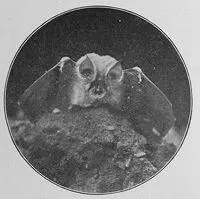
The Lesser Horseshoe Bat
You can see his nose-leaf, shaped like a horseshoe, very well in this picture. Both the Greater and Lesser Horseshoe Bats are wonderfully neat fliers
We had better, I think, begin with a Bat's wings, for, when we have learnt something about these, we may perhaps get some notion as to why a Bat is more clever in the air than a bird, and far, far more clever than a flying machine, worked by a human brain, is at present. The reason why a Bat is a cleverer, I don't mean a stronger, flier than a bird, is a reason which you young people will find to be a very common one, if ever you try your hand at guessing Mother Nature's riddles. It is simply this—that he has to be . A Bat has to catch his food, tiny food mostly, in the air, and he has to catch it in a bad light, and, as far as we can tell, though we cannot be sure of this, his eyesight is not as good as, say, a swallow's eyesight. This means that he has had to pick up a wonderful quickness in checking his own flight, and in turning sharp in the air, almost head over heels sometimes, and in diving, and in soaring up again. To do all these things well he has had to be built in a very special way, and I will try to explain to you how he has been built by comparing a Bat with one of ourselves, for you must remember that a Bat belongs to the same great order of living creatures as we do, and that a Bat is much more like a human being than a bird is.
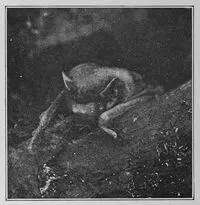
The Noctule
You can see one earlet quite plainly, and his eye "starting out of his head"
Let us fancy, then, a small boy being turned into a Bat. The first thing that would have to happen would be that his legs would have to be bent at the knees, and shrunk until they were as thin as sticks. Then they would have to be twisted right and left until the knee-caps faced the wrong way about. His arms would have to be shrunk too, and his fore-arms would have to be stretched until they were twice their natural length, and his middle-fingers would have to be about a yard long, and his other fingers nearly a yard long also. His thumb might be left as it was, but it would have to have a strong claw at the end of it. In between his fingers, and joining his arms to his body, and stretching down to his legs, and joining his legs together, there would have to be a web of skin, and then, perhaps, if his chest was brought well forward like a pigeon's, and his head pressed well back until it stopped between his shoulders, he might, if his muscles were strong enough, and the whole of him was light enough, be able to fly.
Читать дальшеИнтервал:
Закладка:
Похожие книги на «A Book of Nimble Beasts»
Представляем Вашему вниманию похожие книги на «A Book of Nimble Beasts» списком для выбора. Мы отобрали схожую по названию и смыслу литературу в надежде предоставить читателям больше вариантов отыскать новые, интересные, ещё непрочитанные произведения.
Обсуждение, отзывы о книге «A Book of Nimble Beasts» и просто собственные мнения читателей. Оставьте ваши комментарии, напишите, что Вы думаете о произведении, его смысле или главных героях. Укажите что конкретно понравилось, а что нет, и почему Вы так считаете.
